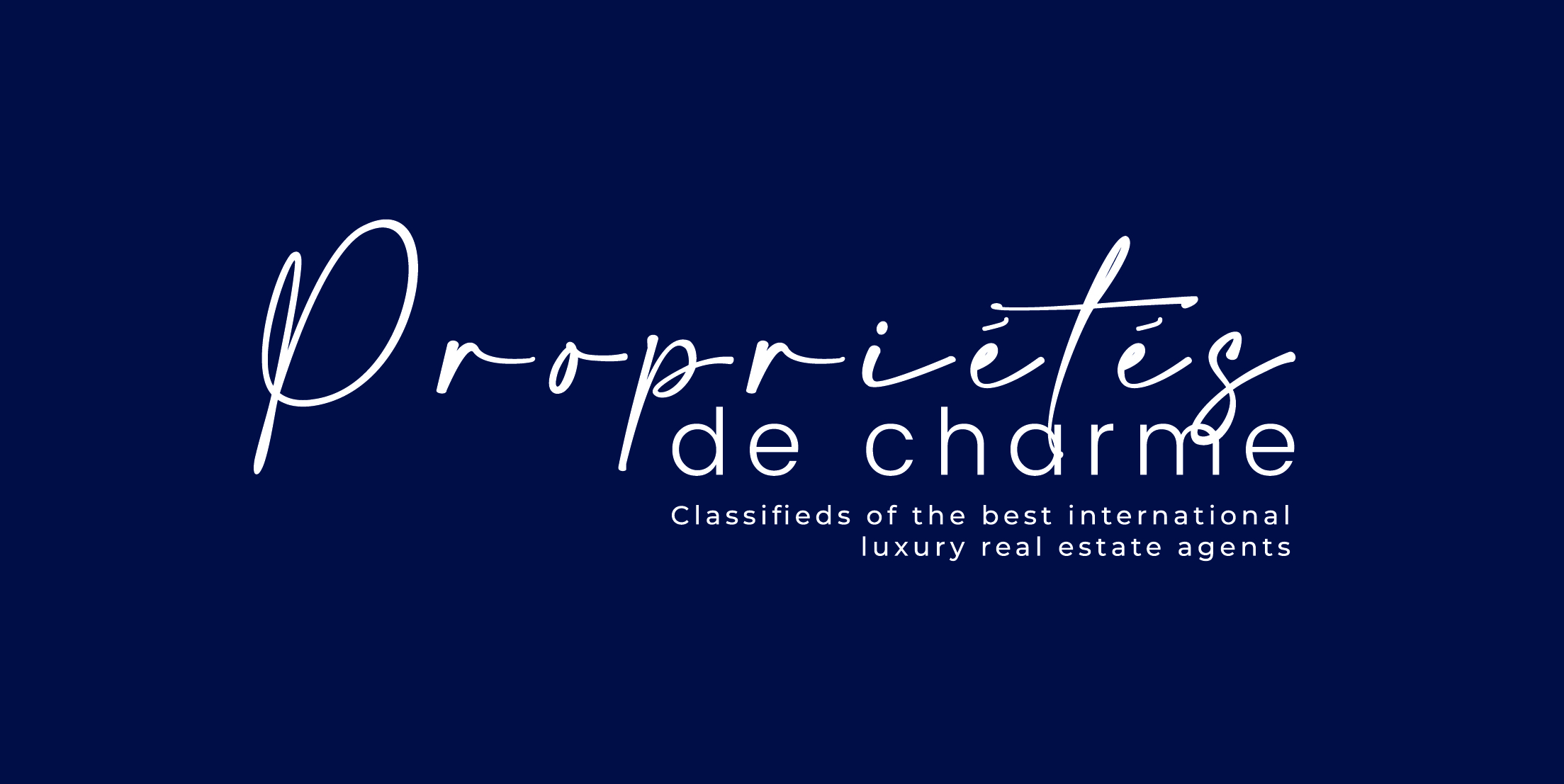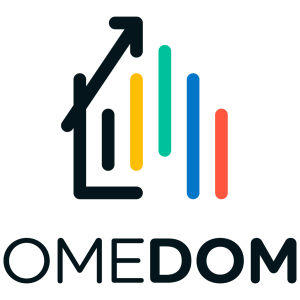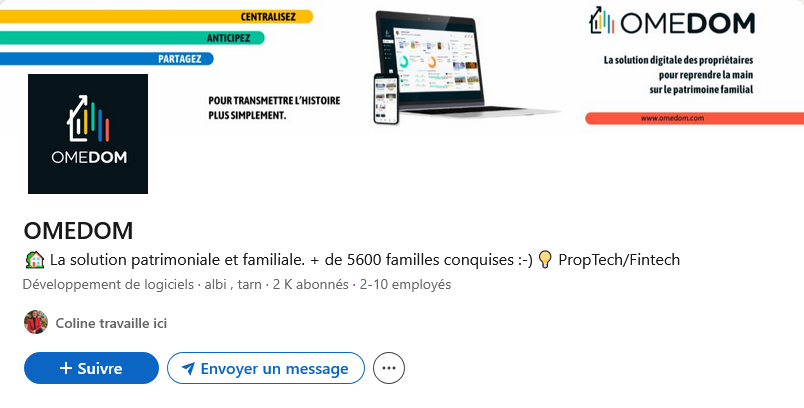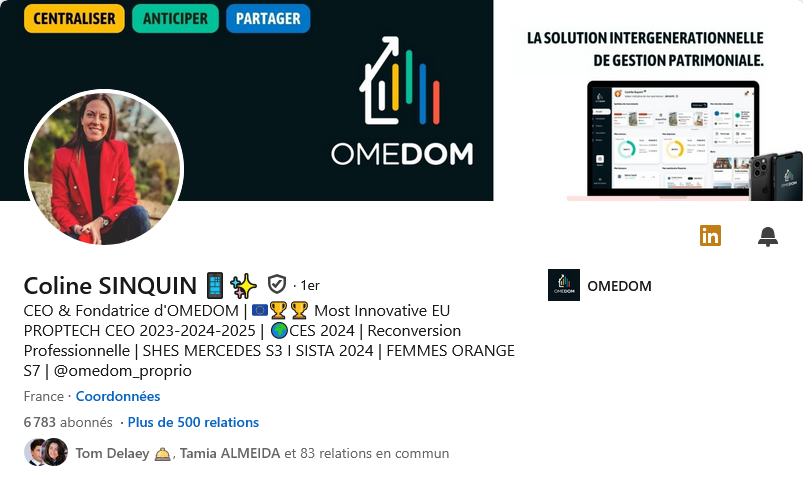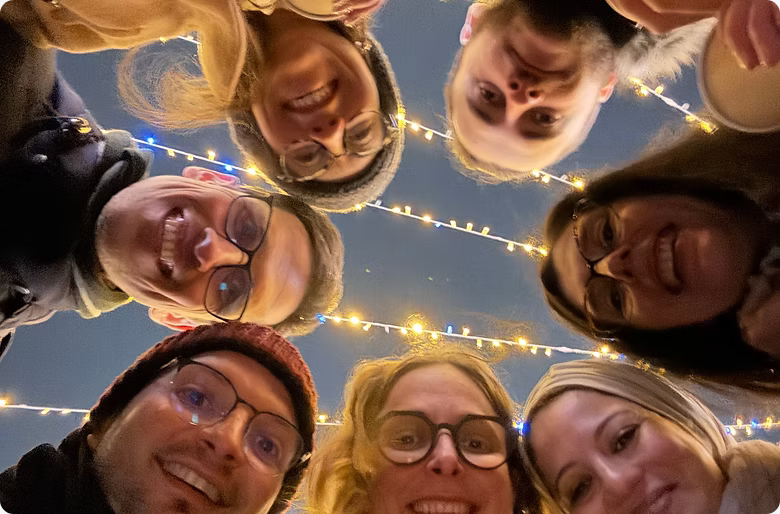📋 All the tasks of a landlord:
a complete guide
Discover all the tasks of a landlord: preparing, renting and managing a property efficiently to secure your rental income.
Effective rental management: optimize and secure your property
Being a landlord is often perceived as a simple and effective way to build a regular income, or even a solid portfolio. However, behind the image of rent that "falls in" each month, lies a much more complex reality. Renting out a home—whether it's an apartment, a house, or a furnished property—requires active and rigorous management.
In reality, being a landlord is a bit like running a small business: you have to invest, organize, follow strict rules, respond to your "clients" (the tenants), while anticipating unforeseen events. For some, this mission can seem overwhelming; for others, it's a real asset management strategy, provided you fully understand your responsibilities.
This comprehensive guide will guide you through every step of the process: before, during, and after renting . We will detail your obligations, your possible options, and the best practices for a successful real estate investment with peace of mind.
1. Before renting: prepare and secure the property
Renting out a property isn't just about finding a tenant; it's about laying a solid foundation to ensure long-term profitability and avoid litigation. The preparatory phase is therefore essential and is broken down into several key steps.
1.1 Determine the fair rent
Rent is one of the key factors for success. If set too low, it reduces profitability. If set too high, it can unnecessarily extend the rental vacancy period. To determine the right price, several factors must be taken into account:
Location (proximity to transport, schools, shops).
Size and layout : A small, well-designed apartment can rent better than a large, poorly designed apartment.
The condition of the property : recent renovations, brightness and modern amenities increase the rent.
Local market references : consulting comparable advertisements and rental observatories allows you to adjust your estimate.
💡 Tip: don't hesitate to ask a real estate agent for a precise and objective estimate.
1.2 Carry out the mandatory diagnostics
The owner must compile a technical diagnostic file (DDT) to be given to the future tenant. These include:
DPE (energy performance) mandatory for all.
Gas and electricity , if the installations are more than 15 years old.
ERP (State of risks and pollution), depending on the geographical area.
Asbestos and lead , for old buildings.
These documents protect both the landlord and the tenant. Their absence can weaken the validity of the lease and expose the landlord to sanctions.
1.3 Highlight the accommodation
A well-maintained property rents faster and attracts better candidates. A few simple actions can make all the difference:
Invest in professional photos .
Carry out light home staging : declutter, repaint in neutral colors, optimize the light.
Ensure impeccable cleanliness .
1.4 Write and distribute the announcement
The ad must be comprehensive, legally compliant, and attractive. Clearly state the surface area, rent, charges, and energy performance rating, while highlighting the features (balcony, view, amenities). Distribute it across multiple channels: specialized websites, agencies, ad platforms, and social media.
1.5 Select the tenant
Choosing a tenant is a crucial step. A solid application includes proof of identity, an employment contract, pay slips, the latest tax notice, and proof of home insurance. For added security, landlords can require a guarantor or use the Visale , which is free and reliable.
1.6 Draw up the lease and inventory of fixtures
Finally, the lease must comply with the legal model and mention all the essential conditions (duration, rent, charges, security deposit). The up inventory of fixtures constitutes essential protection in the event of a dispute over possible damage.
2. During the rental: manage and maintain the property
Once the tenant has moved in, the landlord's role doesn't end. On the contrary, they must ensure the smooth running of the lease, ensure rigorous administrative management, and maintain the property in good condition. A relationship of trust between landlord and tenant is key here.
2.1 Collect rents and issue receipts
The most visible mission is to collect the monthly rent. The landlord must:
Set up a clear payment method (transfer, direct debit, check).
Monitor deadlines to quickly detect late payments.
Provide a rent receipt if the tenant requests one, which constitutes proof of payment.
💡 Tip: Some rental management software automates the sending of receipts and reminders in the event of late payments.
2.2 Review the rent every year
The landlord may revise the rent once a year, only if a revision clause is included in the lease. This revision is based on the Rental Reference Index (IRL) published by INSEE.
Written notification must be sent to the tenant, specifying the new amount and the calculation applied.
2.3 Manage rental charges
The owner advances certain charges (water, maintenance of common areas, household waste tax, etc.) and recovers a portion of these from the tenant.
He must:
Distribute charges transparently , in accordance with the decree on recoverable charges.
Provide an annual breakdown of adjustments.
Good communication avoids disputes.
2.4 Maintaining the accommodation
decently habitable accommodation and ensure its structural maintenance.
This involves:
Take charge of major repairs (defective boiler, roof, old windows, etc.).
Leave minor repairs and routine maintenance (changing a light bulb, cleaning joints) to the tenant.
Intervene quickly in the event of a serious problem to maintain a healthy relationship.
2.5 Manage taxes and accounting
Rental income must be declared:
Micro-foncier : for gross rents less than €15,000 per year, with a flat-rate reduction of 30%.
Actual system : allows you to deduct expenses, work and loan interest, but requires rigorous accounting.
In the case of furnished rentals, the lessor is subject to the Industrial and Commercial Profits (BIC) .
💡 An accountant or tax advisor can optimize the declaration and reduce taxes.
2.6 Maintain a good relationship with the tenant
An attentive and responsive landlord encourages tenant loyalty, which reduces the risk of vacancy. Some best practices:
Respond quickly to requests.
Communicate with courtesy and transparency.
Plan an annual follow-up (e.g., courtesy visit) to check the condition of the accommodation.
3. When the tenant leaves: close and restart the rental cycle
The end of a lease marks a crucial step for the landlord. Managing this phase effectively helps avoid disputes and effectively prepare for a new lease.
3.1 Receipt of notice from the tenant
The tenant must notify his departure by registered letter with acknowledgment of receipt , hand delivery against signature or bailiff's report.
The notice period varies depending on the situation:
3 months unfurnished rental.
1 month in a tense area or for certain reasons (loss of employment, transfer, first job, health reasons, etc.).
💡 Tip: keep this document carefully, it formalizes the departure.
3.2 Organization of the exit inventory
This is a key moment:
The inventory must be carried out jointly , ideally in the presence of the tenant.
We compare each room with the inventory of fixtures at entry, with supporting photos and comments.
Any damage is noted and may justify a deduction from the security deposit.
👉 Practical advice: use a precise model or a digital application to avoid forgetting anything.
3.3 Security deposit management
The owner has a period of time to return the security deposit:
1 month if no damage is found.
2 months in the event of justified deductions (damage, non-payment, regularization of charges).
The amount withheld must be accompanied by supporting documents (invoices, quotes, charge statements). Without this, the tenant can contest it.
3.4 Repairs and restoration of the accommodation
Once the accommodation has been vacated, the lessor must check whether any work is necessary:
Minor refreshments (painting, cleaning) to improve attractiveness.
Heavier work (insulation, changing equipment) if the property is old.
Regulatory compliance if new obligations have appeared (e.g. energy standards).
💡 A renovated property is re-let more quickly and can justify a higher rent.
3.5 Preparing a new rental
As soon as the accommodation is ready, the lessor resumes the cycle with:
Rent updated according to the market.
Update of technical diagnostics (some have a limited validity period).
New photos and writing an attractive ad.
Distribution on suitable rental channels.
⚖️ Managing a tenant's exit properly means protecting their rights while respecting those of the occupant. This avoids disputes, optimizes profitability, and prepares for the next rental under good conditions.
In summary
Being a landlord isn't just about collecting rent: it's a real management activity, requiring rigor, organization, and anticipation. From preparing the property before renting it out, to the day-to-day management of the lease and tenant relations, to the exit and restoration of the property, each step plays an essential role in protecting assets and optimizing profitability.
With a good method and, if necessary, the support of professionals, rental becomes much more than a simple investment: it is a sustainable and effective asset enhancement
Also read:
 Landlord profiles
Landlord profiles
In a world where real estate remains one of the pillars of French wealth, property management often remains a complex challenge. Multiplication of documents, legal obligations, taxation, relations with tenants or even monitoring market values… all parameters that require time, rigor and constant expertise. It is precisely at this intersection that OMEDOM , by providing a clear and modern response to the expectations of owners.
Since its creation in 2021 in the Tarn region, OMEDOM has set itself the mission of democratizing wealth management by making it simpler, more transparent, and more efficient. Its intuitive platform not only centralizes all data and documents related to real estate, but also allows you to anticipate and better manage the future thanks to powerful tools.
Innovation lies not only in the technology, but also in philosophy : putting the user at the heart of the system, giving them back control of their assets. Where other solutions are limited to an administrative aspect, OMEDOM opens a broader perspective, connecting owners, real estate professionals, notaries, bankers, and insurers within a single ecosystem.
Looking to the future, OMEDOM is establishing itself as a key player in the French and European proptech landscape , ready to support the evolution of uses and respond to the challenges of a society in search of fluidity and trust.
More than an application, OMEDOM is a real estate life partner , designed for demanding owners who want to manage their assets with serenity, security and performance.
A question? Need assistance?
Complete the form below
Digital presence & social networks
Instagram : The official account is @omedom_patrimoine , which betrays a relaxed and familiar tone:
“Join our new Insta page @omedom_patrimoine. Hasta la vista heritage worries, with Omedom, peace of mind is guaranteed!” InstagramYouTube & Linktree : Via their Linktree, we can access two video clips with the founder — an interview at B Smart and another on the #ShesMercedes , which highlights women leaders in tech Linktree .
- Facebook: OMEDOM is the tool for all owners .
Official website ( omedom.com ): It proudly displays its values, awards (11 prizes including 5 international), the trust of more than 5,600 families — with more than 1 billion euros of assets under management — as well as numerous press publications: BFM Business, Presse Citron, La Gazette du Midi, Radio Classique, France Bleu, Forbes, Touléco, La Tribune, Orange …
Key news
A fundraising of 1.2 million euros with the entry into the capital of more than 600 shareholders touleco-tarn.fr adventure .
- https://www.touleco-tarn.fr/Patrimoine-immobilier-La-Tarnaise-Omedom-en-pleine-acceleration,42852
Where to follow OMEDOM and its founder
Instagram : = The tool for all owners: follow, promote, transmit
🌟 +5600 families registered: https://www.instagram.com/omedom_proprio/YouTube via Linktree : some videos with Coline Sinquin; to be enjoyed for her audacity and her voice.
Website / Press : a wealth of articles and interviews to explore, ideal for refining a presentation page or borrowing inspiring content.
You can also follow Coline Sinquin on her favorite network: LinkedIn , accessible via the Linktree Linktree .
- THE OMDEOM APP : https://play.google.com/store/apps/details?id=com.djbuch.omedom&hl=fr
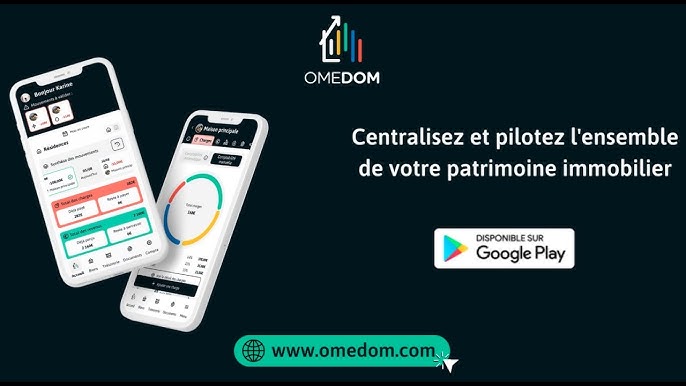
RCS d’Albi n°895 124 949
Head office: 72 bis, Rue du Commandant Blanché 81000 ALBI
+ 33 (0)6.10.15.62.98
E-mail: contact@omedom.com
Intra-community VAT number: FR87895124949

